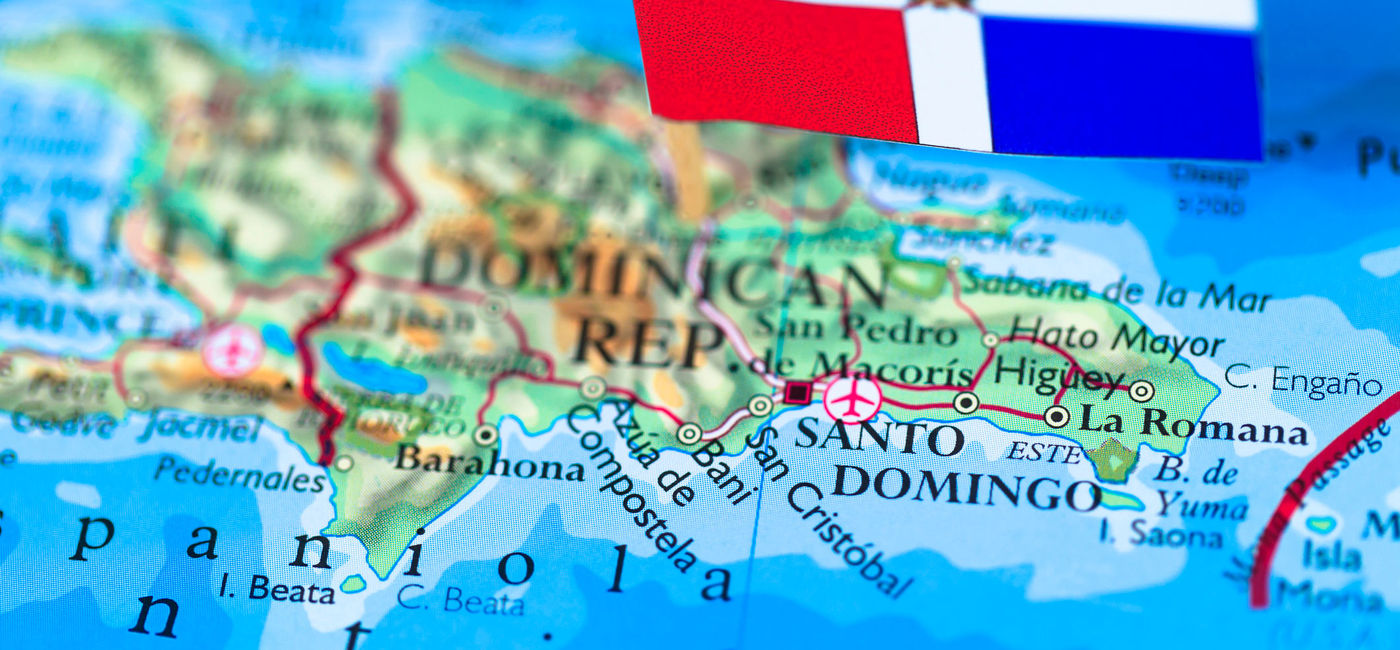What Do Travelers Need To Know Before Visiting the Dominican Republic?

The Dominican Republic (DR) is enjoying a surge in popularity among Americans in search of the ultimate beach vacation. While it may not historically have been among the best-known Caribbean destinations, this Spanish-speaking nation—which shares the island of Hispaniola with Haiti—has steadily been growing since tourism development began in earnest in the 1980s.
Being among the first countries to have re-opened its borders following COVID-related closures, the DR suddenly appealed to an even broader number of U.S. market demographics, and quickly saw inbound visitor volumes surpass pre-pandemic record levels.
People’s initial impressions of the DR as a destination tend to revolve around the beauty and pristine quality of its beaches, with powdery white sands, palms swaying in the warm tropical breeze, supreme clarity of the seawater and brilliantly vivid colors of the ocean. It therefore comes as no surprise that it’s also an incredible destination for all kinds of adventures and outdoor activities.
“As someone who loves to walk the beach when on vacation, the Dominican Republic offers some of the best. The soft sand, swaying palm trees and the color of the ocean make it one of my favorite destinations in the world when it comes to beaches,” remarked Dan Sadleir, Owner of Elite Travel & Events Inc.
In terms of where to stay, lots of tourists go the all-inclusive route simply because it’s the ultimate worry-free vacation and there are so many excellent offerings in that category. But, travelers who prefer for a singular level of luxury accommodations and seclusion in a sublime setting will also find no shortage of top-tier hotels, complete with every imaginable amenity.
“From amazing family-friendly resorts to some of the most prestigious luxury hotels, there is something for everyone in the Dominican Republic,” said Sadleir.
Things To Do
There are, of course, multiple watersports to be enjoyed on the sea, but there is also an array of natural attractions, including national parks and protected lands, various adventure parks, cenotes, springs, waterfalls rivers, lakes and more.
Adventurous types will find ample opportunities for hiking, biking, horseback riding, caving, canyoneering, rappelling, paragliding, ziplining and more. Or, you might prefer to take an inland safari and soak in the island’s exotic flora and fauna, go off-roading or opt for a relaxing round of golf on any of the DR’s spectacular and award-winning courses, consistently recognized as some of the most magnificent in the Caribbean or Latin America.
Getting There
Another aspect of the DR that especially appeals to American travelers is that U.S. travelers generally don’t need a tourist visa to enter, just a passport that’s valid for at least six more months and a proof of a return airline ticket.
However, Beth Rasor, Travel Advisor & Destination Wedding Specialist at Luxury Travel Boutique does advise travelers to fill out their paperwork before heading to the airport, as entry and exit forms currently need to be completed prior to arrival and departure. Also supremely convenient for Americans is the fact that U.S. dollars are accepted as currency everywhere, and there’s a relatively high proportion of English-speaking staff members at resorts.
Language Barriers
That being said, you still might want to brush up on some basic Spanish before you arrive.
“The language barrier tends to be a little more intense in the Dominican Republic compared to other Caribbean countries,” said James Berglie, President of specialist agency Be All Inclusive. “Brushing up on some basic Spanish can be very beneficial, even though most hotel and tourist staff members speak English, an elementary understanding of Spanish can be very helpful!”.
“Employees may not speak English well, unlike other popular all-inclusive destinations, such as Mexico,” echoed Rasor. You’ll also notice that the local dialect of Spanish carries a distinctly different accent from the ones you might hear just across the border. “Be sure to have an app such as Google Translate if you aren’t well versed in Spanish,” she suggests.
Strong Sunshine
Other helpful tips include bringing along insect repellent and—we can’t stress this enough—plenty of sunscreen.
“The sun in the Caribbean is just always so much stronger,” said Berglie “You tend to not realize it at first—not until you feel that burn settling in and you can’t even bear to lay down on your bed because it hurts so bad! He added, “Sunscreen is super expensive if you buy it at the resort, so bring it with you in your checked luggage (or, 3 oz or less in a carry-on) and apply it often!”
Due to the added UV exposure from the sun’s rays reflecting off the water, it’s also important to remember, “If you go out on a boat, apply double what you normally would, and don’t forget to use a chapstick with SPF protection in it as well!” advises Berglie. “There is nothing worse than sunburnt lips to ruin your vacation!”
Exploring Outside
Rasor’s parting piece of advice: “Get off the resort and explore—Saona Island, Monkeyland, ziplining, waterfalls, horseback riding, catamaran, and snorkel [or] sail,” she advises.
Berglie echoed the sentiment, saying, “Get out and see! While the resorts are amazing, the DR offers a huge range of activities off site as well! For the best beach experience, head to [Saona] Island for a day trip!”
